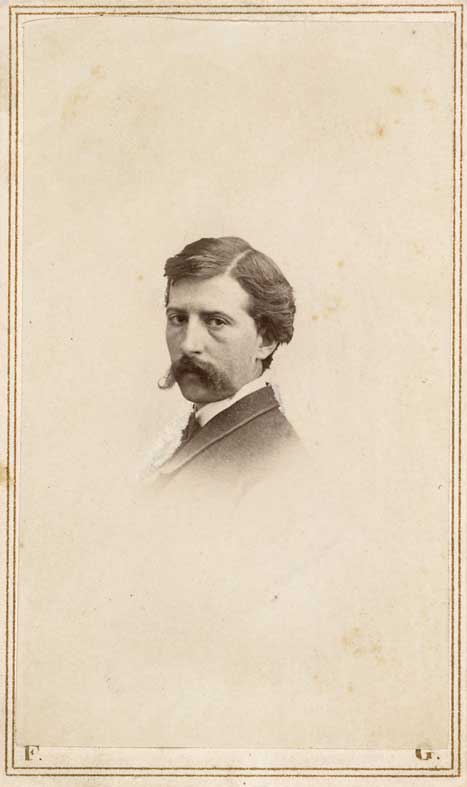Death of Winslow Homer, September 29, 1910

Winslow Homer's legacy was extensive, and his subject matter covered the spectrum from soldiers to seascapes. Although he was as deliberate as the tides and waves he would depict regularly in his later years, Homer entered the American canon almost as serenely as he entered the vocation of art. Art historian Elizabeth Johns writes:
Two years of apprenticeship were enough. On his twenty-first birthday, February 24, 1857, Homer declared his independence. He had learned what he needed to know. He later compared the two years [apprenticed to a Boston lithographer] to servitude and refused ever again to work exclusively for one employer; even the popularity of "Harper's Weekly," which was eager for his services, failed to lure him.
In paintings such as Snap the Whip, the viewer sees children at play, an uncommon subject in American art before Homer; however, such light and joyful themes show up in the late-nineteenth and early twentieth century, in the works of those apparently influenced by him—American artists such as Edward Henry Potthast and Norman Rockwell. Many of Homer's works contained people, sometimes in leisurely pursuits, other times in more dramatic pursuits. Some of his greatest paintings were simply raw images of man against the mighty sea, and the mighty sea flexing its muscles.
Living his later years in Prout's Neck, Maine, Homer built a studio where he would spend his last decades at work imbuing the seas with rich purples and starkly portraying the beaches and rocks with deep grays and browns. Except for tourists, he was as cut off from the world, choosing his company and choosing his solace. One hundred years ago today, American painter Winslow Homer died quietly in his studio.
-Warren Perry, Catalog of American Portraits, National Portrait Gallery
Source:
Elizabeth Johns, Winslow Homer: The Nature of Observation (Berkeley: University of California Press, 2002).